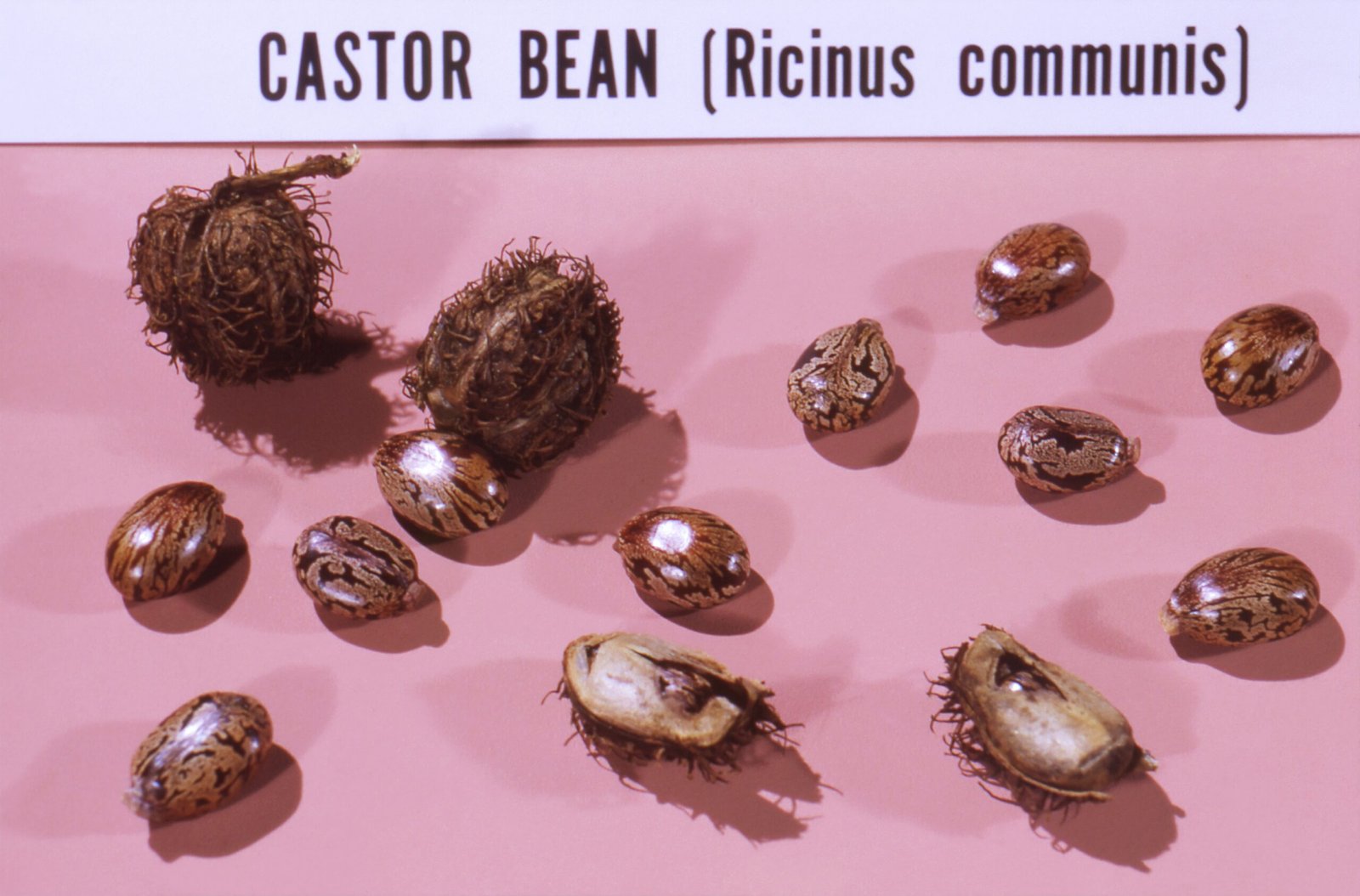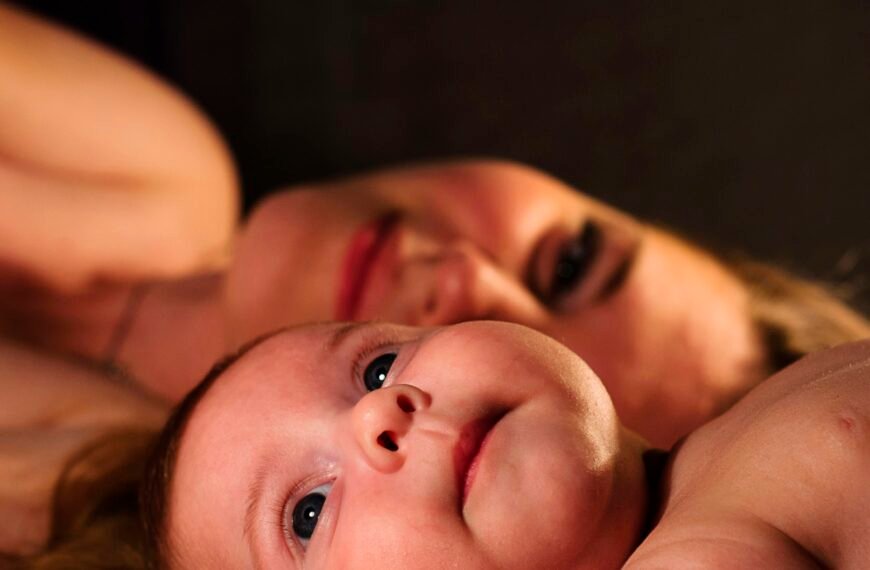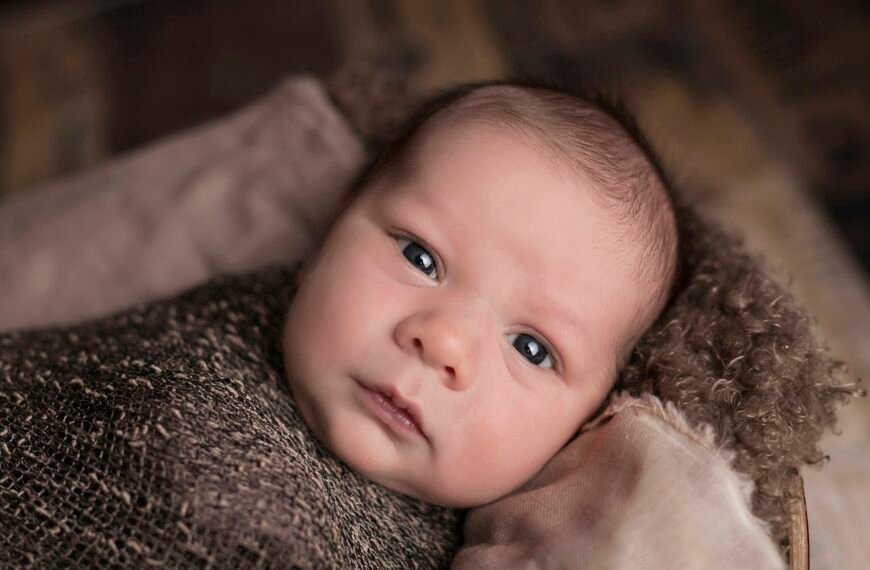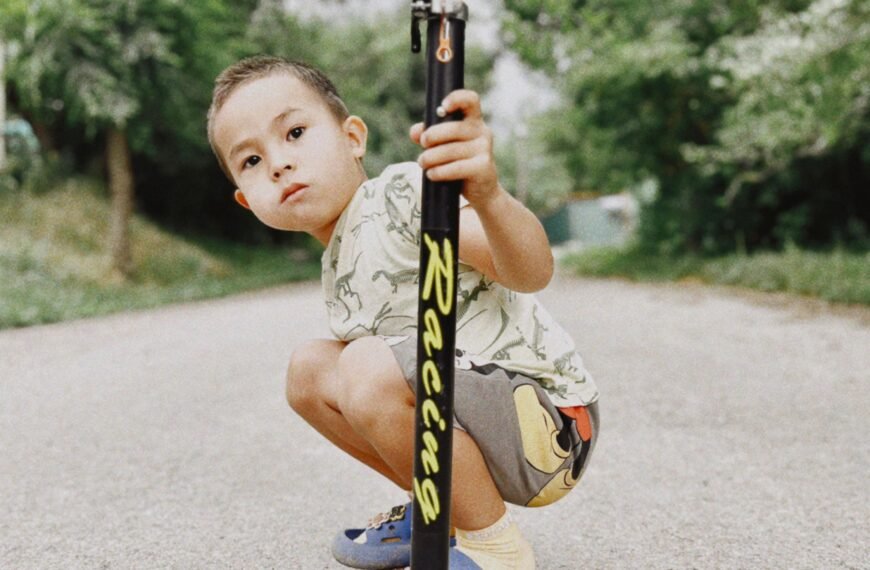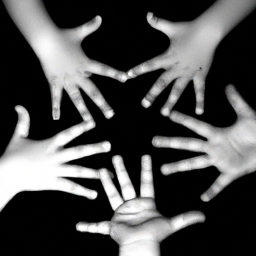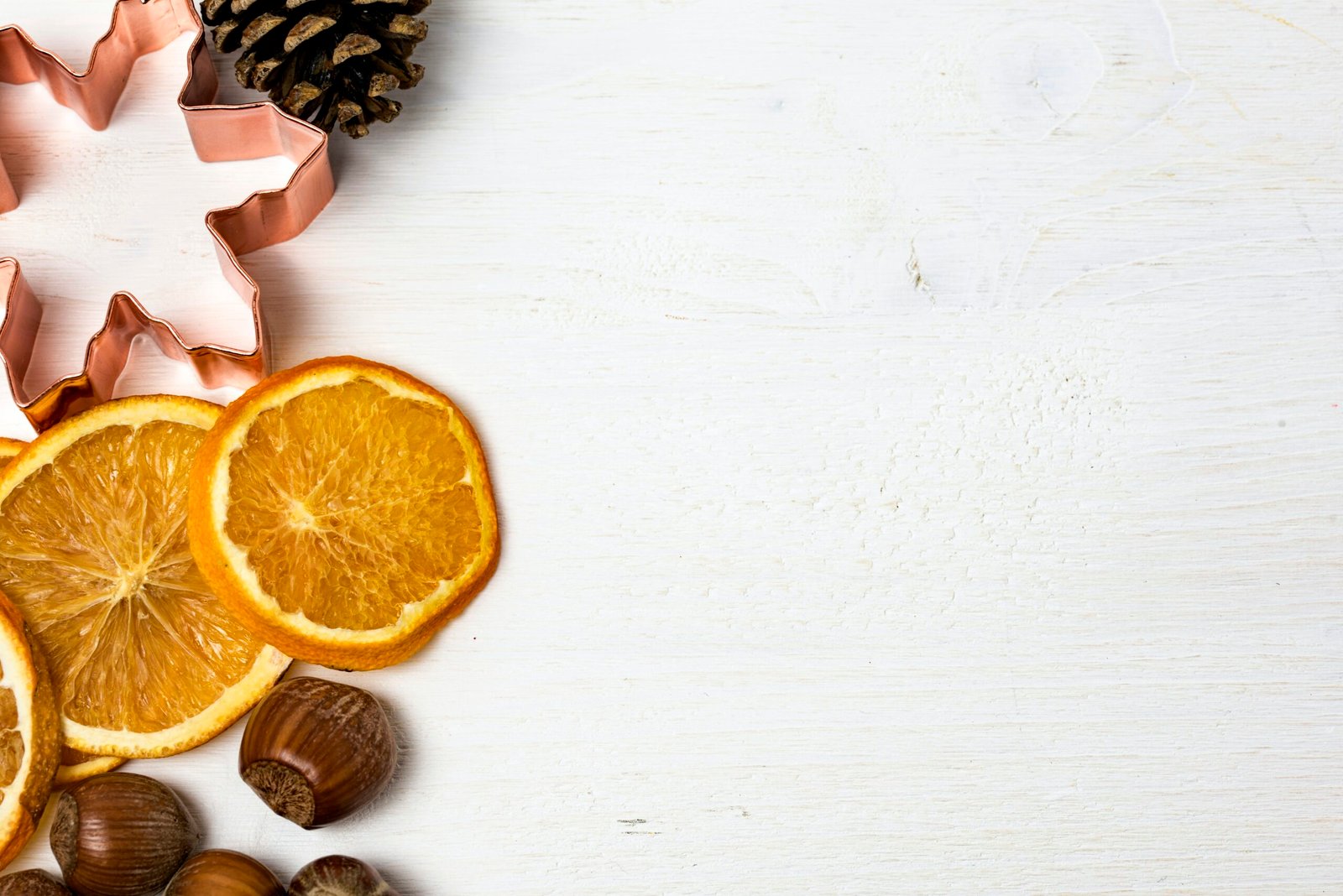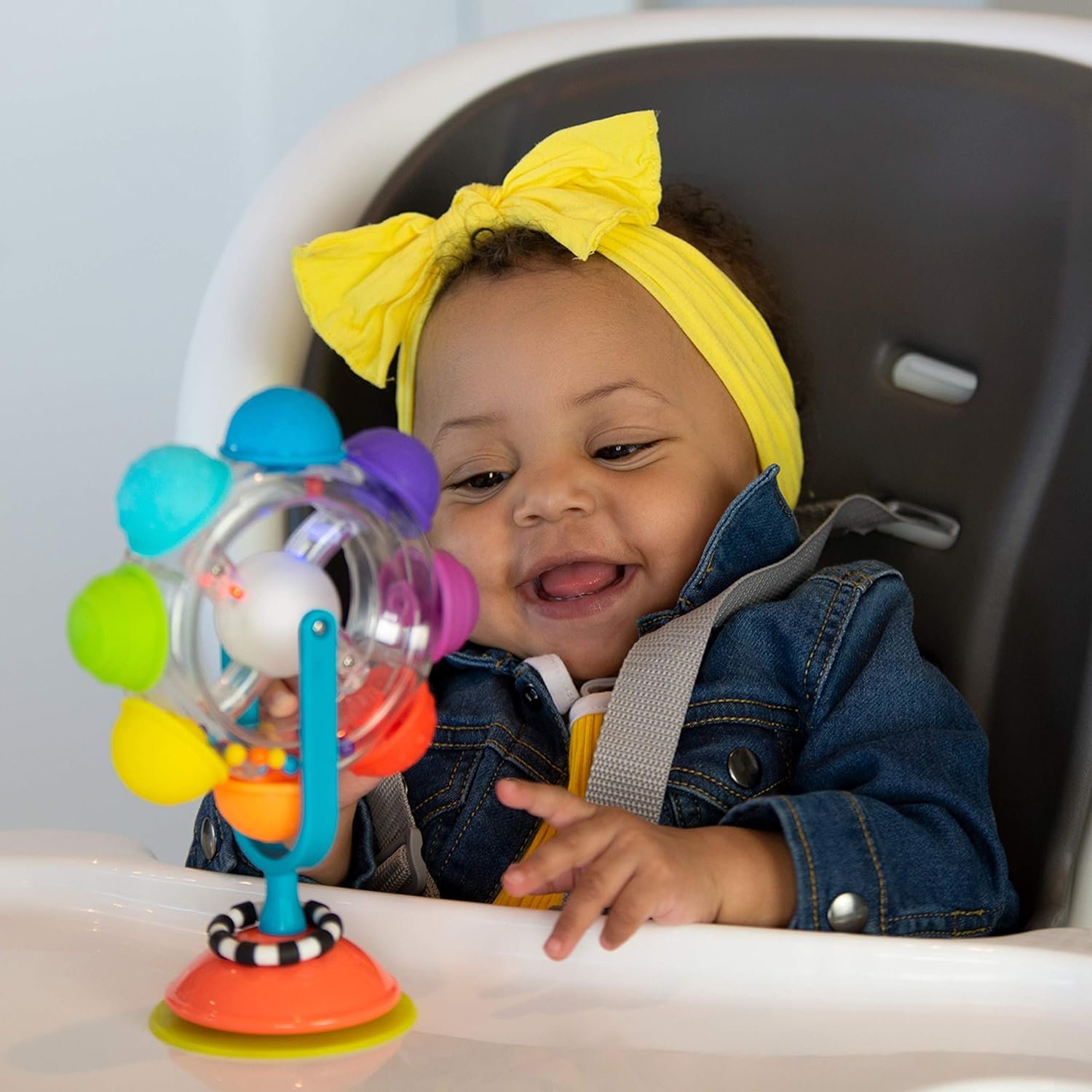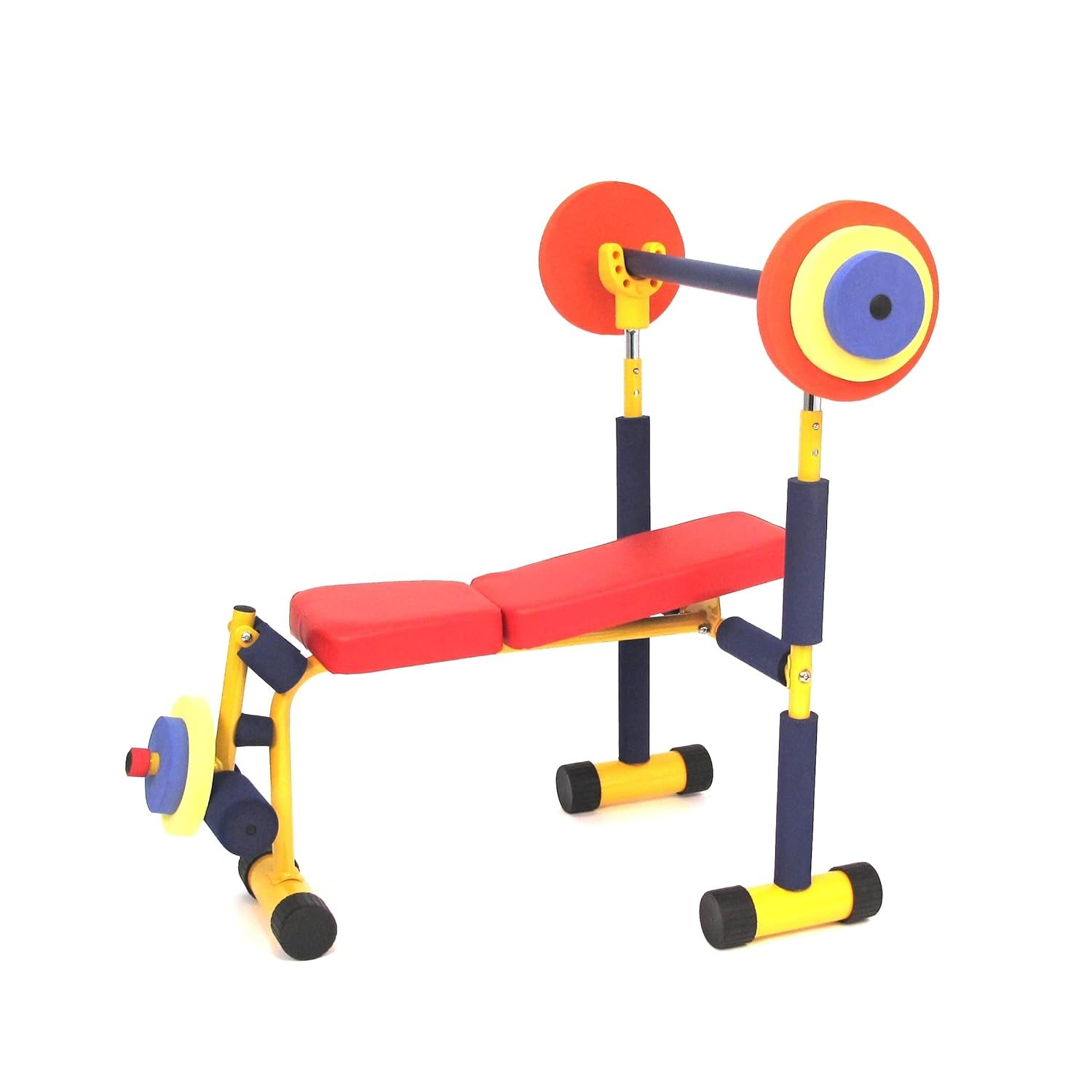Have you ever wondered how to keep your baby’s toys clean and germ-free without using harsh chemicals like bleach? In this article, you will find simple and friendly methods to disinfect baby toys effectively. Discover natural alternatives and easy-to-follow steps that will help you maintain a safe and hygienic play environment for your little one. Say goodbye to worries about harmful chemicals and hello to a cleaner and healthier toy collection!
Check Baby Toys Guide & Review
Disinfecting Baby Toys
Importance of Disinfecting Baby Toys
As a caring and responsible parent, ensuring the safety and well-being of your little one is always a top priority. One important aspect of maintaining a clean and hygienic environment for your baby is regularly disinfecting their toys. Babies are naturally curious and love exploring their surroundings, often putting toys in their mouths. This behavior exposes them to harmful germs and bacteria that can potentially lead to infections and illnesses. By regularly disinfecting baby toys, you can minimize the risk of your child getting sick and promote a healthy and safe play environment.
Choosing Non-Bleach Alternatives
While bleach is commonly used for disinfection purposes, its strong chemicals and fumes may not be ideal for your baby’s delicate immune system. Thankfully, there are several non-bleach alternatives available that are equally effective in killing germs and bacteria. These alternatives are not only safer for your baby but also gentler on the environment. When selecting a non-bleach disinfectant, look for products that are specifically labeled as safe for use on baby toys, ensuring they are free from harmful substances.
Frequency of Disinfection
Now that you understand the importance of disinfecting baby toys, you may be wondering how often you should undertake this task. The frequency of disinfection depends on several factors, including the age and health of your child, the number of toys they have, and the environment in which they play. As a general guideline, it is recommended to disinfect toys at least once a week. However, certain circumstances may require more frequent disinfection. For example, if your child has been sick or if the toys have been exposed to dirt, pet hair, or other potentially harmful substances, it’s essential to clean and disinfect them immediately.
Preparing for Disinfection
Gathering Necessary Supplies
Before you begin disinfecting your baby’s toys, gather all the necessary supplies to ensure a smooth and efficient process. The following items are commonly used for toy disinfection:
- Soft cloths or sponges
- Distilled white vinegar
- Hydrogen peroxide
- Hot water
- Mild dish soap
- UV light sterilizer (optional)
- Steam cleaner (optional)
- Dishwasher (for certain toys)
Having these supplies readily available will make the disinfection process much more convenient and effective.
Creating a Cleaning Solution
Now that you have gathered the necessary supplies, it’s important to ensure you have a suitable cleaning solution for disinfecting the toys. One effective and non-toxic solution can be made using distilled white vinegar. Mix equal parts of vinegar and water in a clean spray bottle. This solution is safe for most toy materials and provides effective disinfection. However, for certain materials like wood, a mild dish soap and water solution may be more suitable. Remember to always read and follow the manufacturer’s instructions for cleaning and disinfecting specific toy materials.

Methods for Disinfection
Hot Water Soak
A simple yet effective method for disinfecting baby toys, especially plastic ones, is through a hot water soak. Fill a basin or sink with hot water and immerse the toys for about 15-20 minutes. The high temperature helps kill germs and bacteria. After soaking, remove the toys from the water and rinse thoroughly with cold water to remove any residue. Allow the toys to air dry completely before giving them back to your baby.
Vinegar Solution
As mentioned earlier, a vinegar solution is a great non-toxic option for disinfecting baby toys. Simply spray the vinegar-water solution onto the toys, ensuring all surfaces are covered. Let the solution sit for a few minutes, then wipe it off using a soft cloth or sponge. Vinegar helps eliminate bacteria and odors, leaving the toys clean and fresh.
Hydrogen Peroxide Solution
Hydrogen peroxide is another effective disinfectant that is safe for use on baby toys. To create a hydrogen peroxide solution, mix equal parts of hydrogen peroxide and water in a clean spray bottle. Spray the solution onto the toys, allowing it to sit for a few minutes. Wipe off the solution with a soft cloth or sponge, ensuring all surfaces are cleaned thoroughly. Hydrogen peroxide helps kill bacteria and viruses, providing a safe and hygienic play environment for your baby.
Steam Cleaning
If you own a steam cleaner, you can utilize its powerful sanitizing capabilities to disinfect baby toys. Steam cleaning effectively kills germs and bacteria without the use of chemicals. Simply follow the manufacturer’s instructions to steam clean the toys, ensuring all surfaces are thoroughly treated. The high temperature of the steam will eliminate harmful pathogens, giving you peace of mind knowing that your baby’s toys are germ-free.
Dishwasher
For certain toys that are dishwasher safe, using a dishwasher can be a convenient and effective method of disinfection. Place the toys on the top rack of the dishwasher and run a gentle cycle using mild dish soap. Make sure to remove any batteries or electronic components from the toys before placing them in the dishwasher. Once the cycle is complete, remove the toys and allow them to air dry completely before giving them back to your baby.
UV Light Sterilizers
UV light sterilizers are a newer and increasingly popular method of disinfecting baby toys. These devices utilize ultraviolet light to kill germs and bacteria on the surface of toys. Simply place the toys inside the sterilizer and follow the manufacturer’s instructions for the recommended duration. UV light sterilizers are efficient, chemical-free, and provide a quick and hassle-free way to disinfect your baby’s toys.
Cleaning Specific Toy Materials
Plastic Toys
Plastic toys are some of the most commonly used toys for babies, and fortunately, they are generally easy to clean and disinfect. To clean plastic toys, you can use any of the methods mentioned earlier, such as hot water soak, vinegar solution, hydrogen peroxide solution, steam cleaning, or even the dishwasher (if labeled as dishwasher safe). It’s important to thoroughly rinse the toys after disinfection, ensuring no residue remains. Additionally, periodically inspect plastic toys for any cracks, broken parts, or signs of wear, as these may pose a potential safety hazard to your baby.
Wooden Toys
Wooden toys have a charming and natural appeal, but they require slightly different cleaning methods compared to plastic toys. To clean wooden toys, avoid using excessive water or soaking them, as this can cause warping or damage. Instead, create a mild dish soap and water solution, dip a soft cloth or sponge into it, and gently wipe the toys. Rinse the cloth or sponge thoroughly and wipe off any soap residue. Allow the toys to air dry completely before returning them to your baby. For additional protection and shine, you can apply a non-toxic wood polish made specifically for children’s toys.
Fabric or Plush Toys
Fabric or plush toys can be a bit trickier to clean and disinfect due to their delicate nature. Before attempting any cleaning method, always read and follow the toy’s care instructions, if available. Most fabric or plush toys can be cleaned by using a gentle cycle in the washing machine. Place the toys in a mesh laundry bag or pillowcase to protect them during the cycle. Use a mild detergent and cold water, then allow the toys to air dry or tumble dry on low heat. If the toys cannot be machine-washed, spot cleaning with a gentle cleanser or wiping them with a cloth dampened in a vinegar-water solution can be an effective alternative.
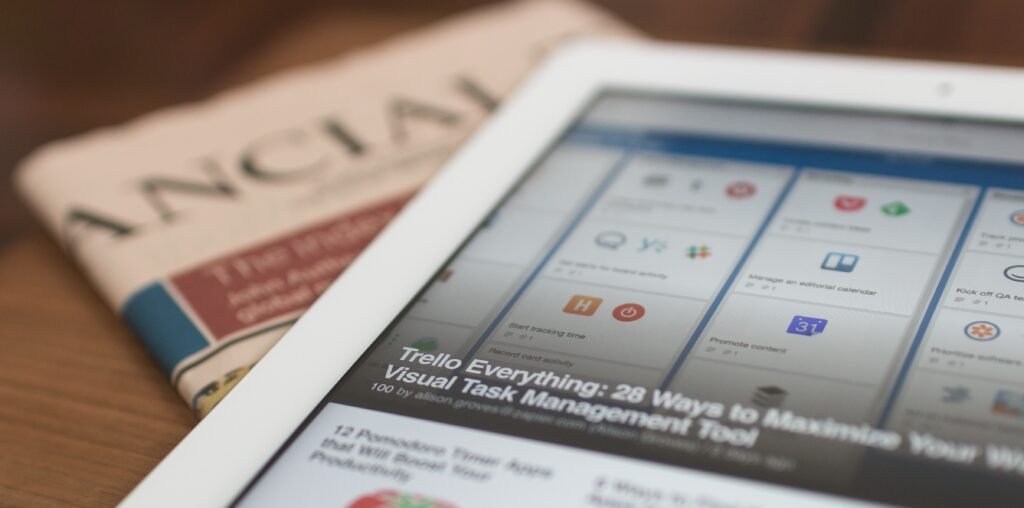
Additional Tips for Safe Disinfection
Avoiding Harsh Chemicals
When disinfecting baby toys, it’s essential to avoid using harsh chemicals, especially those that may be harmful if ingested by your baby. Stick to non-toxic and child-safe cleaning solutions, such as vinegar, hydrogen peroxide, or mild dish soap. Always read and follow the instructions on both the cleaning solution and the toy’s care instructions for the best results.
Rinsing and Drying
After disinfecting baby toys, thorough rinsing is crucial to remove any residue from the cleaning solution. Any leftover residue may pose a risk to your baby’s health if they put the toys in their mouth. Additionally, proper drying is important to prevent the growth of mold or mildew. Allow the toys to air dry completely, preferably in a well-ventilated area, before giving them back to your baby.
Keeping Toys Separate
To minimize the risk of cross-contamination and the spread of germs, consider keeping toys categorized and separated. Designate specific areas or containers for different types of toys, such as plastic toys, wooden toys, and fabric toys. This practice not only helps with organization but also makes it easier to clean and disinfect the toys appropriately.
Avoiding Submerging Battery Compartments
When disinfecting toys that have battery compartments, such as electronic or musical toys, avoid submerging them in water or any liquid solutions. Instead, use a cloth or sponge dampened with a non-toxic disinfectant solution and gently wipe the surface of the toys, paying extra attention to the battery compartment area. Be cautious not to expose the electronic components to excessive moisture, as this may damage the toy.
Hygiene Practices for Babies
Regular Handwashing
In addition to regularly disinfecting their toys, encouraging regular handwashing is crucial for maintaining good hygiene for babies. Wash your baby’s hands with warm water and mild soap frequently, especially before meals, after playing with toys, and after using the restroom or changing diapers. Regular handwashing helps minimize the transfer of germs and reduces the risk of infections.
Limiting Exposure to Contaminants
While it may not be possible to completely eliminate exposure to contaminants, taking certain precautions can help reduce the risk. Encourage your baby to play on clean and sanitized surfaces, especially when they are still at the crawling stage. Regularly clean and vacuum the play area to keep it free from dust, pet hair, and other potential contaminants. Additionally, avoid allowing your baby to interact with others who are sick, and always follow recommended vaccination schedules to protect your little one from preventable diseases.
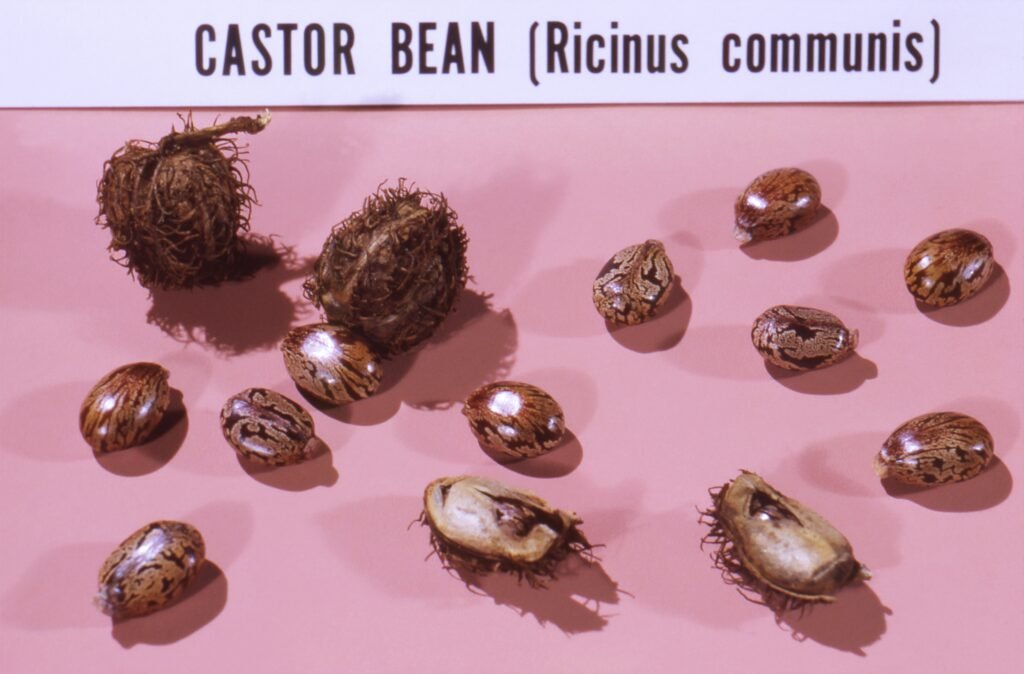
When to Replace Baby Toys
Visible Damage
Regularly inspect your baby’s toys for any visible damage, such as cracks, broken parts, sharp edges, or loose components. These issues can pose a potential safety hazard, especially if your baby tries to put the damaged toy in their mouth. If a toy shows signs of damage, it’s best to replace it promptly with a new, safe alternative.
Recalls or Safety Alerts
Stay informed about any toy recalls or safety alerts that may be issued by the manufacturer or the relevant regulatory bodies. Sometimes, certain toys may be recalled due to safety concerns or the presence of potential hazards. If a toy your baby owns is recalled, follow the manufacturer’s instructions regarding returning or disposing of the toy and seek a suitable replacement.
Age-Appropriate Toys
Babies grow and develop at a rapid pace, and their play needs and abilities change accordingly. It’s important to regularly assess whether the toys in your baby’s collection are still age-appropriate. Some toys may become too challenging or no longer engaging as your baby grows, while others may not meet the safety standards for their current developmental stage. By providing your baby with age-appropriate toys, you can enhance their learning and enjoyment while ensuring their safety.
Conclusion
Disinfecting baby toys is an essential aspect of maintaining a clean and hygienic environment for your little one. By following the tips and methods outlined in this article, you can effectively disinfect a variety of toy materials without relying on bleach. Remember to choose non-toxic alternatives, such as vinegar or hydrogen peroxide solutions, and consider using UV light sterilizers or steam cleaners for added convenience and effectiveness. Additionally, prioritize regular handwashing and hygiene practices for your baby and be vigilant about toy safety, replacing damaged toys and staying informed about recalls. With these practices in place, you can provide your baby with a safe and healthy play environment, promoting their overall well-being.

